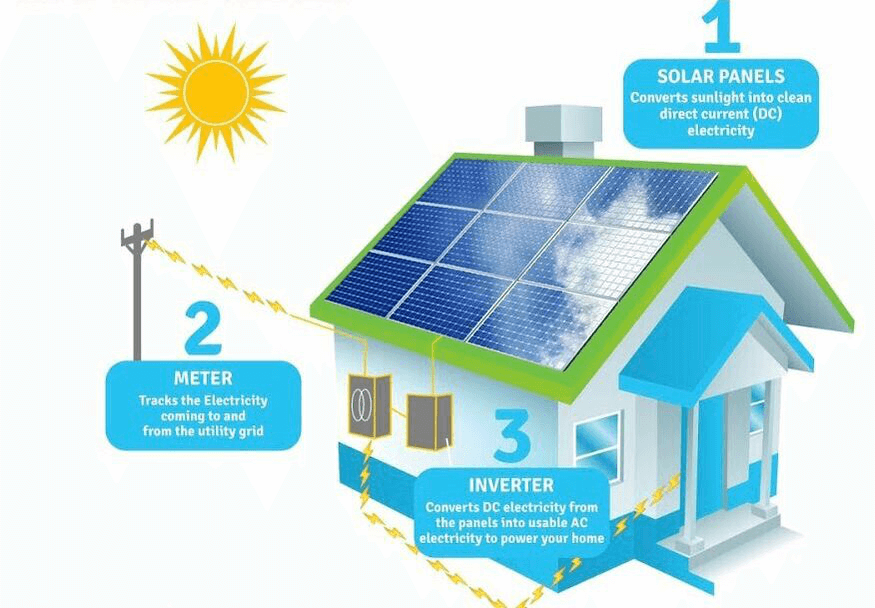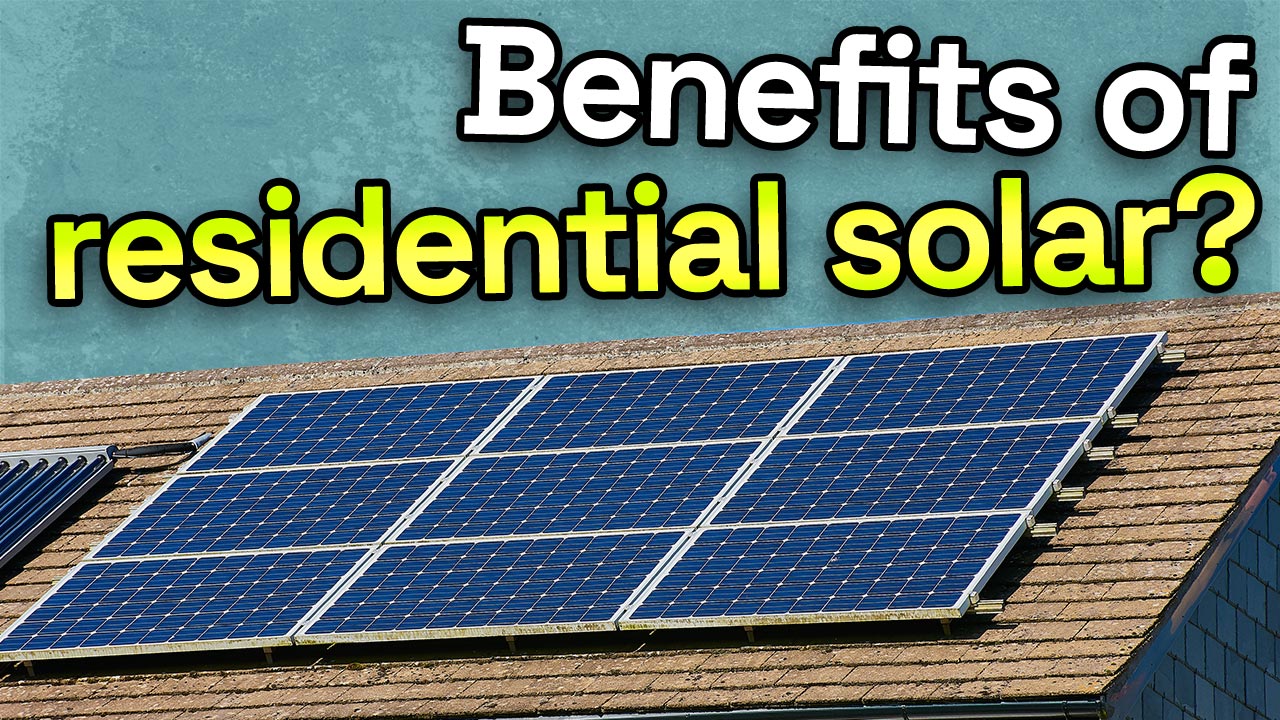Make the Switch with Simply Solar Illinois – Solar Panels You Can Rely On
Make the Switch with Simply Solar Illinois – Solar Panels You Can Rely On
Blog Article
Solar Energy 101: A Newbie's Guide to Sustainable Energy Solutions
As the world progressively moves in the direction of sustainable power solutions, recognizing the principles of solar power becomes necessary for both individuals and services. By exploring the advantages of solar technology, along with the financial rewards and installation procedures, one can obtain a more clear viewpoint on exactly how to successfully integrate this renewable source into their energy method.
Understanding Solar Energy
At its core, understanding solar power entails realizing the essential principles of how sunlight can be transformed right into functional electrical energy. Solar power is derived from the sun's radiation, which can be used via different technologies.

Comprehending solar power also entails identifying its environmental advantages. By using sunshine, we can reduce greenhouse gas discharges and reduce air pollution, contributing to a more sustainable future. The innovations in innovation and effectiveness of planetary systems remain to improve their viability, making solar power an increasingly eye-catching choice for global energy needs.
Kinds Of Solar Power Solutions
Different sorts of solar energy systems are typically utilized to harness solar power for power generation. The main categories consist of solar (PV) systems, focusing solar power (CSP) systems, and solar thermal systems.
Photovoltaic or pv systems use photovoltaic panels composed of silicon cells that transform sunlight directly into electrical power. These systems are flexible and can be set up on roofs, ground installs, or integrated right into building products.
Concentrating Solar energy systems, on the various other hand, utilize mirrors or lenses to concentrate sunshine onto a small location, creating warm that drives a heavy steam turbine to generate electrical power - Simply Solar Illinois. CSP systems are usually released in large nuclear power plant and call for straight sunlight, making them less appropriate for over cast regions

Each kind of solar energy system has its unique qualities, applications, and viability depending on geographical location, power requirements, and spending plan, top article making it vital to examine alternatives based on particular situations. - Simply Solar Illinois

Benefits of Solar Power
Using solar energy through different systems not only provides a sustainable means to create electrical power yet likewise offers a wide variety of benefits. One of one of the most significant advantages is the decrease in greenhouse gas emissions, contributing to a cleaner atmosphere and combating climate change. Solar energy is renewable, suggesting it is limitless and offered as long as the sunlight radiates, unlike nonrenewable fuel sources, which are limited and diminishing.
Moreover, solar power can cause considerable cost financial savings gradually. Property owners and organizations can lower their power costs substantially, and oftentimes, they might make credit ratings for excess power produced with web metering. In addition, the solar market develops tasks, from manufacturing to setup, stimulating neighborhood economies.
Another engaging benefit is power self-reliance. By creating their very own electrical energy, people and neighborhoods can lower reliance on outside power resources, enhancing strength versus varying power rates and supply disturbances. Additionally, solar power systems require marginal maintenance, making them a practical option for sustainable power generation.
Installation Process Introduction
The installation process for solar power systems generally involves numerous crucial actions that ensure efficient integration into a residential property. An extensive site assessment is carried out to review the roof covering's alignment, shielding, and structural honesty, which are important to enhancing solar panel efficiency. Following this analysis, the style phase begins, where a tailored solar power system is set up based upon the property owner's power demands and choices.
Once the style is wrapped up, the needed licenses and approvals are acquired from neighborhood authorities, ensuring compliance with guidelines. The real installation entails placing the photovoltaic panels on the roof covering or ground, connecting them to an inverter, and integrating the system with the home's electrical setup. This stage view publisher site might additionally entail setting up battery storage systems, depending on the style.
After installation, a complete assessment is conducted to verify the system's performance and safety. The system is appointed, and home owners are educated on its operation and maintenance. With the setup complete, the solar power system can start producing renewable resource, adding to sustainability and minimizing utility prices. This structured approach makes certain that planetary systems are both reliable and trustworthy, maximizing their long-term advantages.
Financial Motivations and Cost Savings
Discovering the financial motivations and savings related to solar energy systems can considerably boost the allure of making the switch to renewable power. Different incentives exist at government, state, and regional degrees, designed to minimize the initial prices connected with solar installment. One of one of the most remarkable rewards is the government solar tax credit history, which allows property owners to deduct a portion of their solar system installment expenses from their government tax obligations. As of 2023, this credit stands at 30%, supplying substantial financial savings.
Along with tax obligation credit histories, lots of states offer rebates that can better lower ahead of time costs. more helpful hints Some energy companies additionally give performance-based motivations, fulfilling solar power production with time. Financing options, such as solar fundings and leases, permit customers to mount systems with little to no deposit, making solar power extra easily accessible.

Additionally, solar systems can boost home values, giving a strong return on financial investment. In general, the combination of motivations and financial savings makes solar energy an economically eye-catching selection for numerous families.
Final Thought
In conclusion, solar power stands for an important element of lasting energy remedies, offering a path toward decreased carbon impacts and enhanced ecological protection. Ultimately, the transition to solar power not just promotes ecological obligation yet also promotes economic cost savings and power freedom.
Report this page